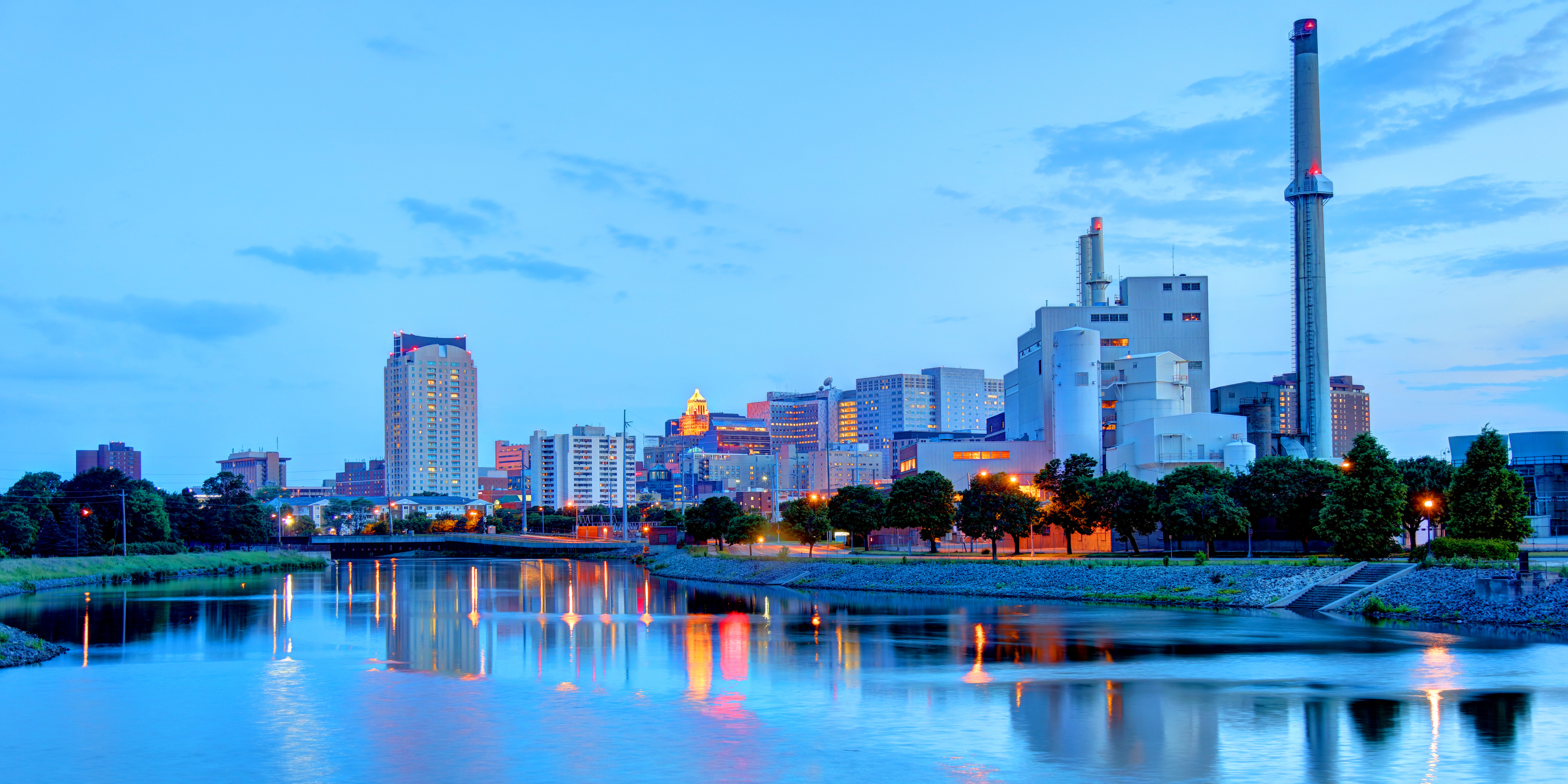Take a stroll through Rochester, Minnesota, and you might not expect to stumble upon a burgeoning multifamily housing scene. But as the saying goes, appearances can be deceiving. In this article, we’ll embark on a journey into the heart of Rochester’s multifamily market, peeling back the layers to reveal the fascinating dynamics at play.
The Multifaceted Vacancy Rates
Rochester’s multifamily market is a tale of two cities when it comes to vacancy rates. The overall vacancy rate is currently perched at 10.2%, but the real story lies in the quality slices. The crème de la crème of 4 & 5 Star apartments boast an 8.4% vacancy rate. In contrast, the 3 Star apartments show a less rosy 14.1%, while the budget-friendly 1 & 2 Star properties shine with a mere 4.4% vacancy rate. To put this in perspective, national averages tell a similar story with 4 & 5 Star unit vacancy rates at 9.9%, 3 Star unit vacancy rates at 6.7%, and 1 & 2 Star unit vacancy rates at 5.4%. Quality matters, and it’s a defining factor in Rochester’s multifamily landscape.
A Dance of Supply and Demand
In the past year, Rochester’s multifamily market has experienced a 5.4% change in vacancy rate, painting a stark contrast to the national market’s 1.1% shift. This change is mainly attributed to a supply wave that set sail back in 2015. The past decade reads like a rollercoaster for vacancy rates, with highs of 10.9% expansion and lows of 7.1% compression. The 10-year average vacancy rate for Rochester stands at 8.1%. The lesson here? Rochester’s multifamily market is no stranger to ups and downs.
Economic Momentum and Population Growth
What gives Rochester’s multifamily market its zest is the robust economic pulse. In the past year, the city has seen a 3.0% boost in job growth and a 0.4% increase in population, equivalent to 850 new residents. These numbers outshine the national averages, where job gains are at 2.0% and population growth is at 0.4%. When you look at the bigger picture, Rochester’s 10-year job growth sits at a respectable 10.7%, with the population growing by 7.5%. In comparison, the national 10-year job growth is 14.5%, with population growth at 5.6%. These factors are the driving forces behind the vibrant demand for multifamily housing.
The Affordability Quandary and Rental Rates
Rochester’s multifamily market reflects the challenges of affordability in the single-family housing market. The average asking rent in the city is $1,470 per month, a tad steeper than in similar tertiary markets but still beneath the national average of $1,660 per month. The top-notch apartments are the showstoppers here, commanding a princely sum of $1,680 per month. Meanwhile, the 3 Star units ask for $1,370 per month, and the budget-friendly 1 & 2 Star units are a wallet-friendly $1,020 per month.
Rent Growth and What Lies Ahead
In the past year, apartment rents in Rochester have inched up by 0.4%, which is a departure from the 3.6% annualized average over the past three years. National numbers reveal a 0.6% year-over-year rent growth, with a three-year national average annual rent growth of 5.0%. But the real twist in the tale is the variation across quality slices. The crème de la crème 4 & 5 Star apartments show a mere 0.2% annual rent growth, while the 3 Star units take a step back with -1.3% annual rent growth. The budget-friendly 1 & 2 Star units manage to pull off a 0.7% year-over-year rent growth.
Supply and Future Prospects
Rochester’s multifamily market is currently in a state of flux. With 780 units delivered annually, it’s quite the spectacle, especially when compared to the market’s 10-year average of 460 units. The construction frenzy doesn’t stop there. An additional 590 units are currently in the works, marking a 5.3% expansion in inventory. However, despite this supply surge, Rochester’s rental scene is in a state of equilibrium, as higher interest rates and labor constraints have played their part in slowing down new construction. But the forecast for 2025 is intriguing, with the potential for more stability in vacancies and rent growth.
Market Sales and Pricing Insights
Rochester’s annual sales volume is currently at $89.6 million, a tad lower than the market’s three-year average of $208 million and the 10-year average of $91.4 million. Deals have an interesting distribution, with $0.00 linked to 4 & 5 Star properties, $66.2 million in 3 Star units, and $23.5 million invested in 1 & 2 Star apartments. Interestingly, pricing trends have evolved in a post-pandemic world, with loan-to-value ratios showing a drop and interest rates a rise.
The Rochester Multifamily Mosaic
Rochester’s multifamily market is not without its quirks and fluctuations, but it’s a market with a vibrant heartbeat. The city’s diverse economic landscape, anchored by the Mayo Clinic and educational institutions, provides a solid foundation. The multifaceted rental market, influenced by quality, supply, demand, and economic conditions, promises a blend of resilience and growth. As Rochester’s economy continues to evolve, its multifamily housing market is poised for a fascinating journey, offering opportunities aplenty for both investors and residents.
But wait, there’s more to discover! Stay updated with the latest insights and trends in Minnesota’s multifamily market by subscribing to our bi-weekly newsletter. Don’t miss out on the opportunities this dynamic market has to offer. Subscribe now!


